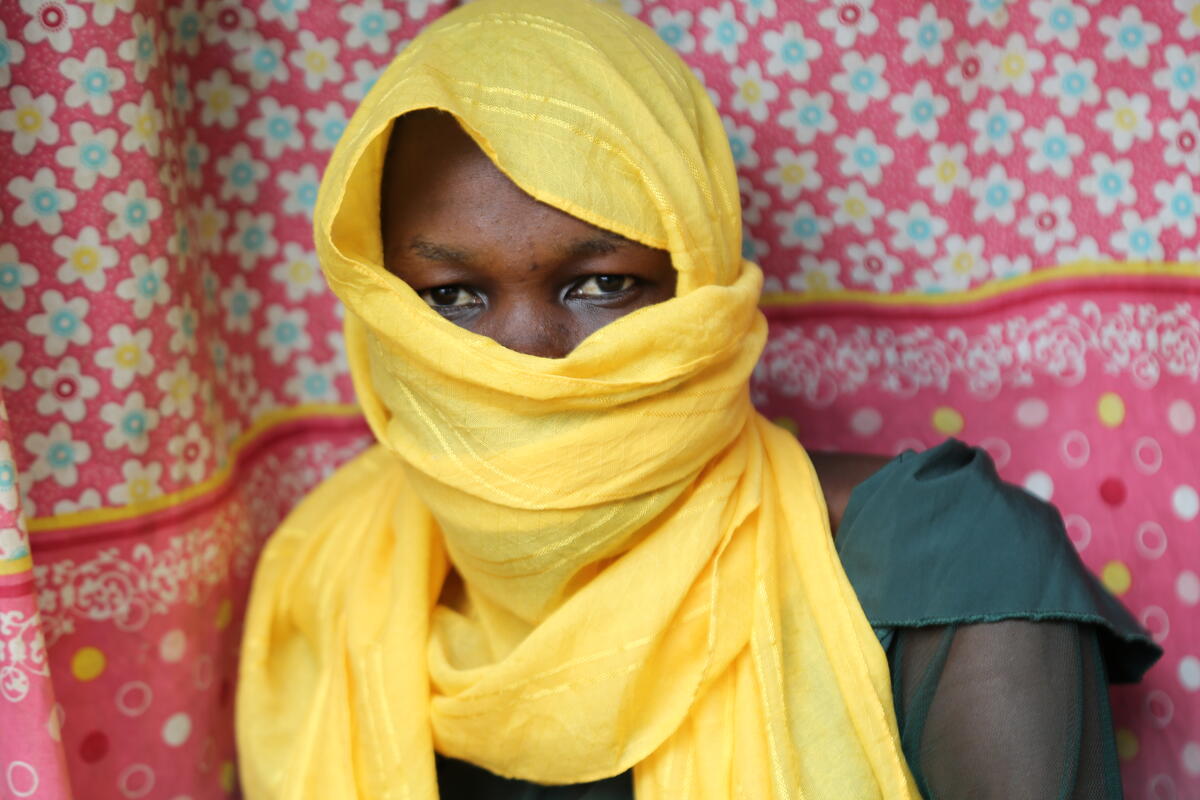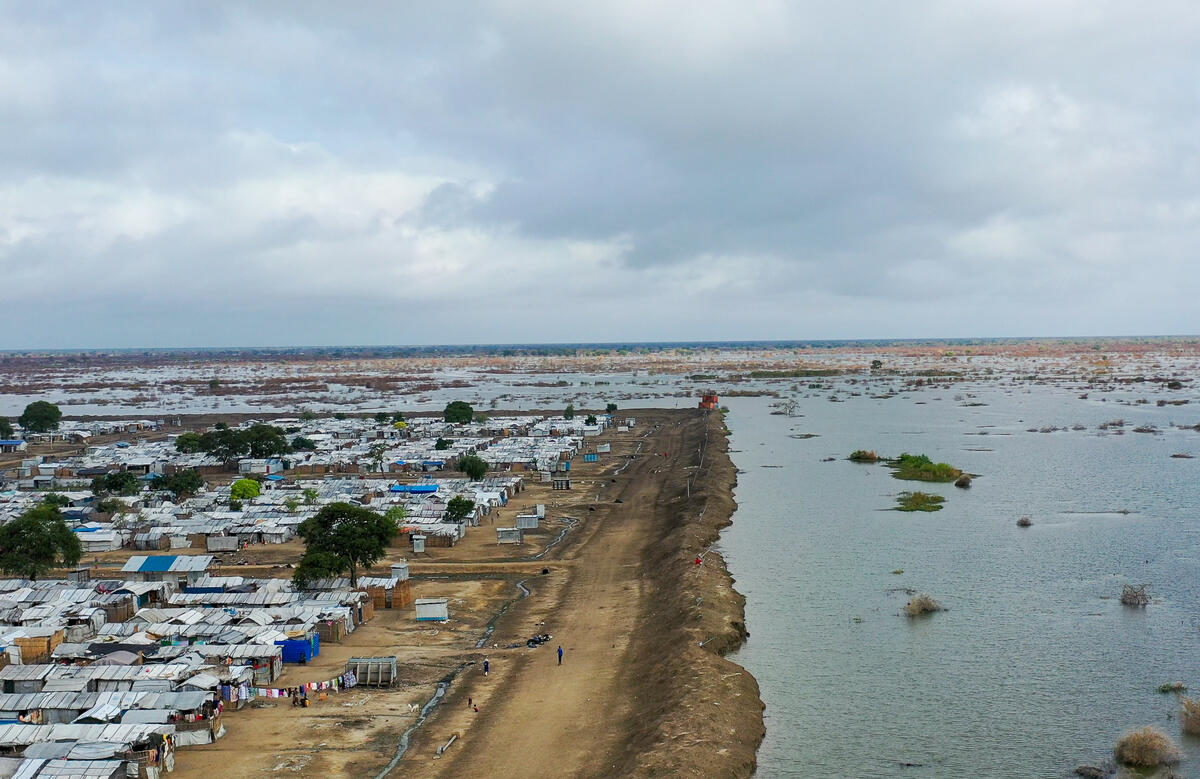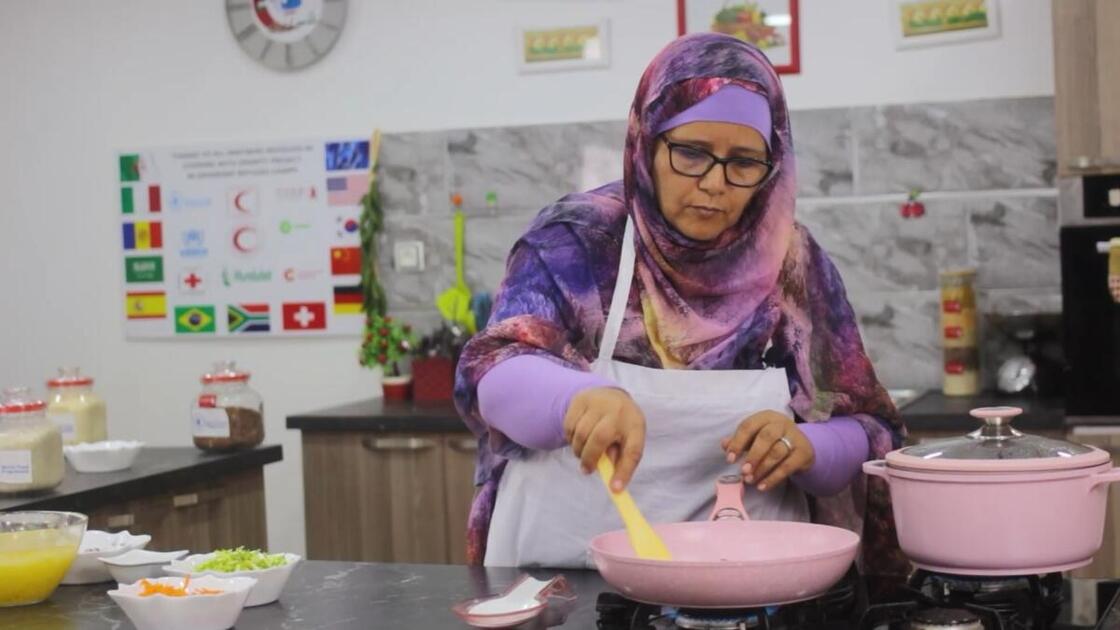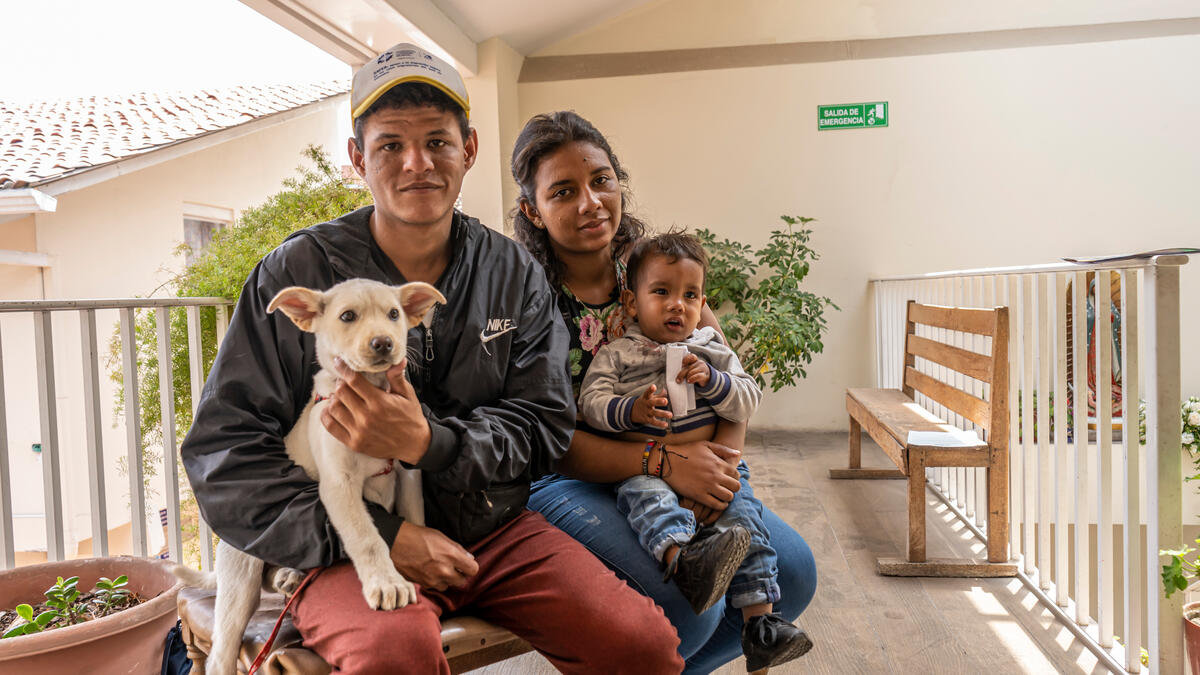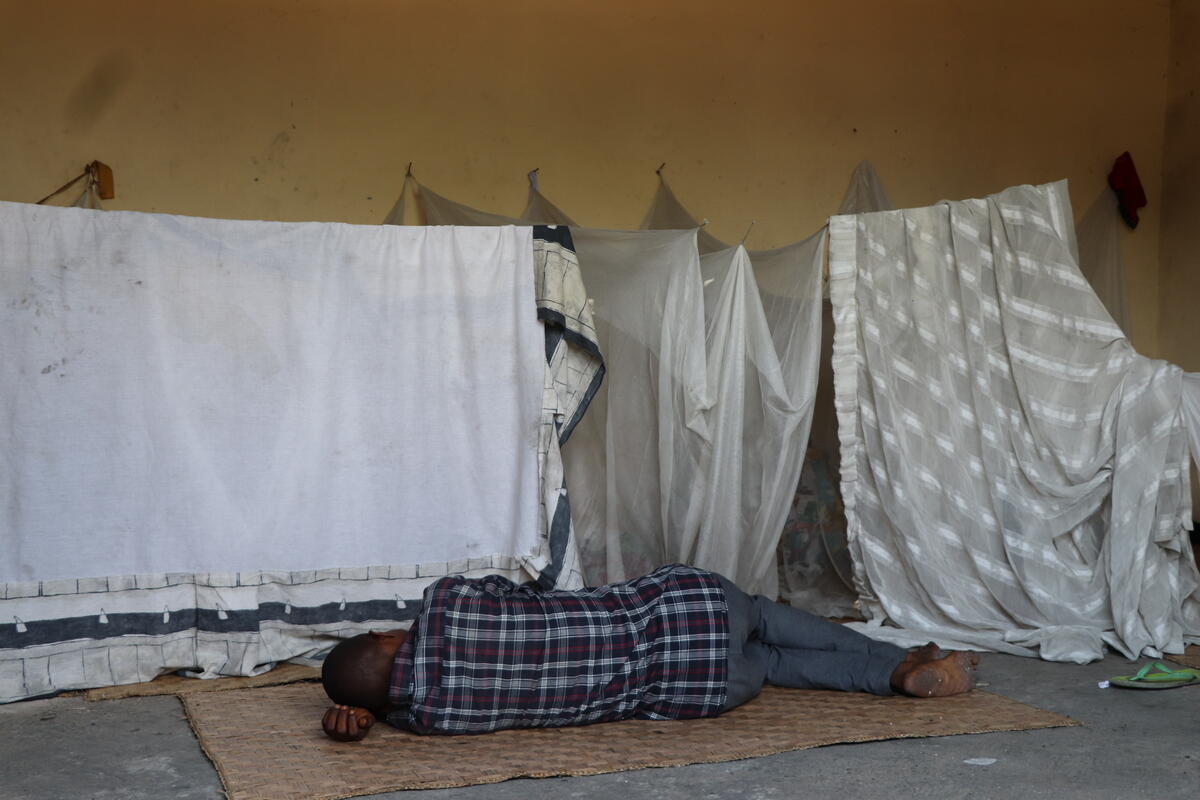Rohingya influx strains camp resources in Bangladesh
Rohingya influx strains camp resources in Bangladesh

KUTUPALONG REFUGEE CAMP, Bangladesh – Her village in flames and family scattered, 30-year-old Juleka trekked for nine days with her six-year-old daughter Janathana before finally reaching safety at this refugee camp in Bangladesh.
“Only God knows what I’ll do next,” says Juleka, clutching a bag, the only item she salvaged from their home. “I have some close relatives in the camp, but I don’t know where. I will try and find them, after organizing some shelter.”
Juleka is fortunate. A UNHCR staff member tells her that he will help her find her relatives. He guides her into a school at the longstanding camp that has been repurposed as a temporary shelter for 117-newly arrived Rohingya.
Kutupalong is the destination for many of the men, women and children running for their lives from Myanmar. Tired, destitute, hungry, and frequently sick, they have poured by the thousands into the camp and its surroundings.
“Only God knows what I’ll do next.”
An estimated 389,000 Rohingya, a stateless Muslim minority in Myanmar, have fled since the latest bout of violence erupted in northern Rakhine state on August 25. Arriving by foot and boat, they are in urgent need of shelter, food and medical care, and are stretching Bangladesh’s ability to cope.
In the past two weeks, the UN Refugee Agency and its partners at work in Kutupalong, such as Action Contre la Faim (ACF) from France and the Community Development Centre, a Bangladeshi NGO, have sprung into action.
In a building off the main street, some 3,000 vulnerable Kutupalong residents – both new-arrivals and long-term – are provided with one hot meal a day thanks to an ACF-UNHCR joint-partnership.
Elsewhere, a man in a UNHCR jacket is announcing through a loudspeaker that a four-year-old has been found, and that his parents should make their way to the frightened boy as soon as they can.
Kutupalong is one of two government-run refugee camps in the Cox’s Bazar area of southern Bangladesh, the other being the Nayapara Refugee Camp. The two camps have a combined population of around 77,000 refugees, although that is growing by the day.
In response to the unfolding crisis, UNHCR has emptied its warehouses in Bangladesh to assist the newly arrived Rohingya refugees. Deliveries of more UNHCR aid – flown in earlier this week – are currently underway.
Hosna Ara Begum, 30, has been working with UNHCR since April 2016 and has seen first-hand how the thousands of new arrivals are straining the camp’s infrastructure.
“When you witness the situation first hand, through your own eyes and not through the media or on television, it is only then that you realise what the situation is really like here,” says Hosna.
“They come and seek support from us … They are all vulnerable, but at this moment, we are not able to help everyone,” she says, noting that normal camp activities such as education have been temporarily suspended as the new arrivals are sleeping in schools and other communal buildings.
"They are all vulnerable, but at this moment, we are not able to help everyone.”
As Hosna goes about her daily duties around Kutupalong, the desperation of both new arrivals, and the relatives who have had to accommodate them is palpable. In the muddy alleyways of houses built during the 1990s, a pregnant woman approaches her to ask for help.
UNHCR staff at the camp have become used to performing spot assessments of the needs of refugees. After a brief discussion, this woman, sallow and dirty is given a token that she will be able to redeem at the refugee-run community kitchens that UNHCR is supporting in many of the camp’s blocks.
These kitchens, which cook up meals on football fields or in peoples’ backyards, have become a lifeline for many. Providing two meals a day, each feeds upwards of 600 people at a sitting.
Privately, many aid workers worry about the pressure that the huge influx since August is putting on family life. Some say that they have seen an increase in domestic abuse, while in the UNHCR Primary Medical Centre the stress on limited resources is visible.
Hubaib, 12, from Maungdaw in Myanmar, sits swinging his legs on one of the beds. “He was shot in the back,” explains his mother. “His father was shot and killed.” When he first arrived at Kutupalong, he was referred to the government hospital at Cox’s Bazar. “It was too complicated for them to deal with here,” she says.
There are people everywhere in Kutupalong. In every alleyway, houses that three weeks ago were home to ten people are now hosting 20 or 30. The flow is not stopping.
Sayedullah, 30, has been walking for 15 days since he fled from his hometown in Myanmar. He has barely 100 metres to go until his reaches his destination. Wearing a grey T-shirt, emblazoned with the slogan ‘Human: Conservation’, while his small son jogs in front of him in a football strip. Sayedullah’s goal is a UNHCR shelter deep inside the camp.
“I will stay there are few days,” he says, “then, I will have to find a shelter.” Where or whether he will find a shelter to house his family is unclear.
Your support is urgently needed to help the children, women and men fleeing to Bangladesh. Please give now.






